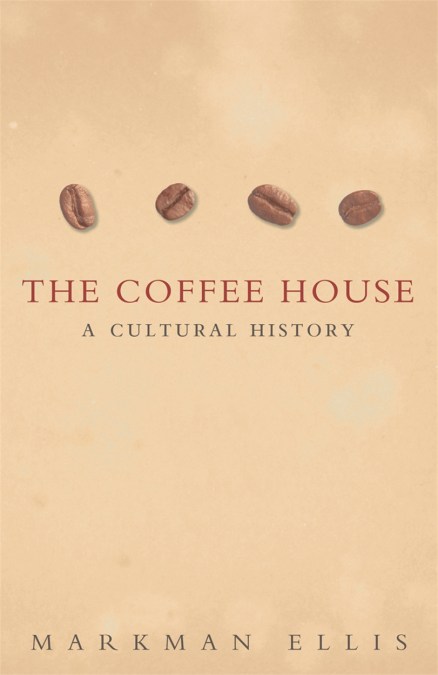How the simple commodity of coffee came to rewrite the experience of metropolitan life
When the first coffee-house opened in London in 1652, customers were bewildered by this strange new drink from Turkey. But those who tried coffee were soon won over. More coffee-houses were opened across London and, in the following decades, in America and Europe.
For a hundred years the coffee-house occupied the centre of urban life. Merchants held auctions of goods, writers and poets conducted discussions, scientists demonstrated experiments and gave lectures, philanthropists deliberated reforms. Coffee-houses thus played a key role in the explosion of political, financial, scientific and literary change in the 18th century.
In the 19th century the coffee-house declined, but the 1950s witnessed a dramatic revival in the popularity of coffee with the appearance of espresso machines and the `coffee bar’, and the 1990s saw the arrival of retail chains like Starbucks.
When the first coffee-house opened in London in 1652, customers were bewildered by this strange new drink from Turkey. But those who tried coffee were soon won over. More coffee-houses were opened across London and, in the following decades, in America and Europe.
For a hundred years the coffee-house occupied the centre of urban life. Merchants held auctions of goods, writers and poets conducted discussions, scientists demonstrated experiments and gave lectures, philanthropists deliberated reforms. Coffee-houses thus played a key role in the explosion of political, financial, scientific and literary change in the 18th century.
In the 19th century the coffee-house declined, but the 1950s witnessed a dramatic revival in the popularity of coffee with the appearance of espresso machines and the `coffee bar’, and the 1990s saw the arrival of retail chains like Starbucks.
Newsletter Signup
By clicking ‘Sign Up,’ I acknowledge that I have read and agree to Hachette Book Group’s Privacy Policy and Terms of Use

